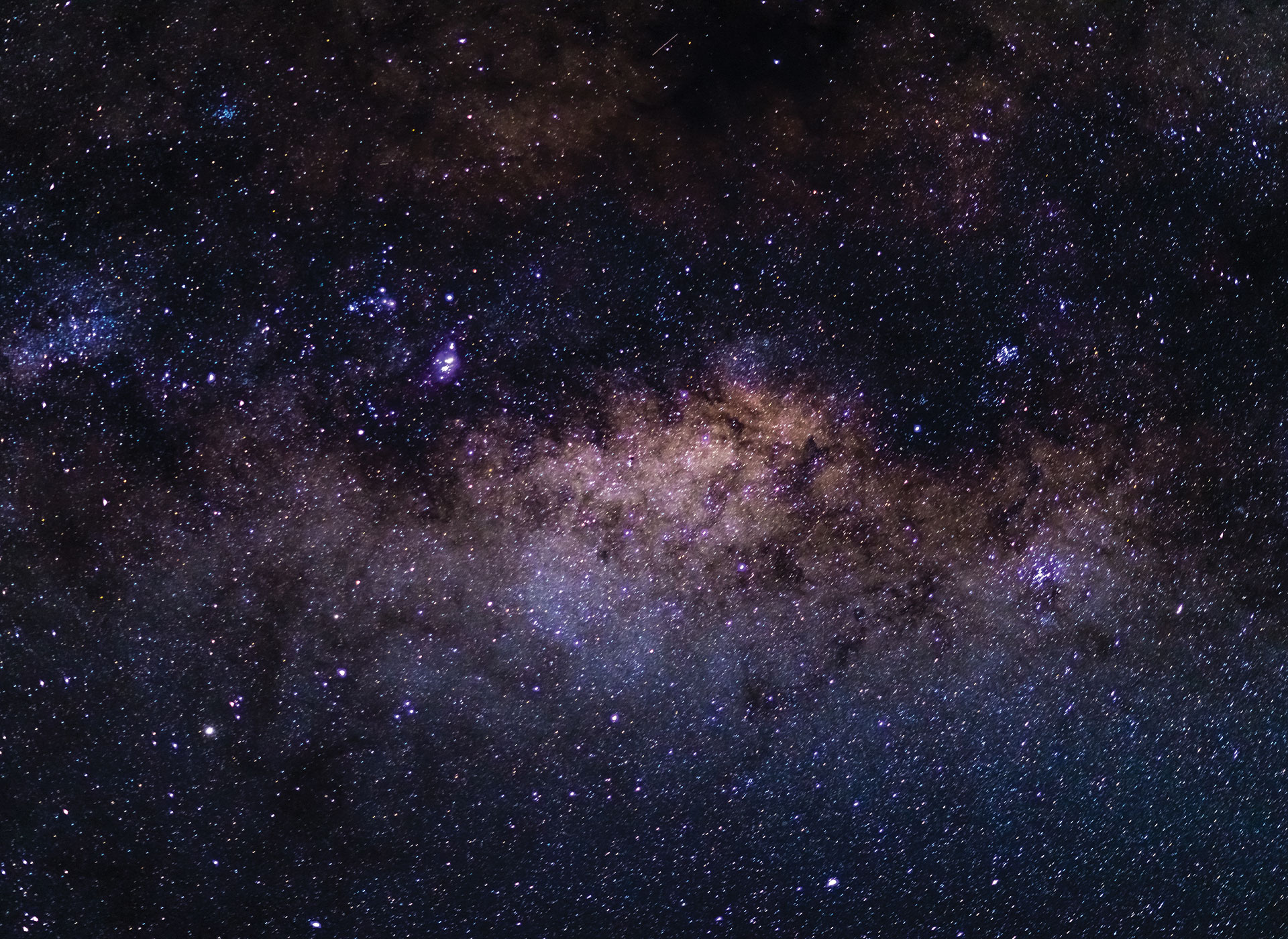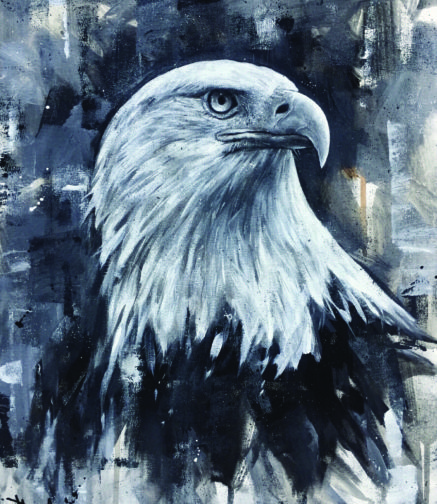
Do you like to look at the stars, wondering where they all come from and what they mean for people on earth? Kirsten Banks, astrophysicist and proud Wiradjuri woman, shares how aboriginal astronomy looks at the dark spaces of our night sky.
I love to look up at the night sky. When we look up in Australia, we can see anywhere from 125 stars if we’re in a bright city like Sydney, to 2,500 stars if we’re in the outback. And people from all around the world have been looking up and taking meaning from the patterns the stars make for hundreds and thousands of years.
In our general Western view of the night sky, we can see up to 88 constellations – these are the dot-to-dot, or star-to-star, patterns that we see in lots of books and shows. One constellation you may know is the most iconic constellation from the Southern Hemisphere and one of the smallest, the Southern Cross.
You might also know a few of the zodiac constellations like the Scorpion. Or maybe you’ve heard of Orion and his belt since a lot of the constellations we see in our night sky come from the Ancient Greeks. There are many cultures around the world, all of which have their own connection to the stars in the sky.
In Australia alone there are more than 250 Indigenous groups who all have their own connection to the sky. I come from a country called Wiradjuri, which is located in central NSW, and my family comes from Condobolin. In Aboriginal Astronomy, we have in a similar but also different view of the night sky.
We look at the same stars but see them very differently. We have constellations similar to those we see in our general Western view of the night sky, where we connect the dots to create grand shapes in the sky. But one way in which we have a different view of the sky is that a single star by itself could represent an object, like an animal or a person, or we could use no stars at all. Imagine a constellation with no stars in it. Can you?
It is very different to what we’re used to seeing, but instead of using the stars, we use the negative space in the grand band of the Milky Way Galaxy. When you look up at the night sky in winter, on a moonless night in the outback, you can see a magnificent carpet of stars and fuzziness stretching across the entire sky. This is the Milky Way Galaxy. If you look closely, you can see there is light and dark in the Milky Way. This darkness is not the absence of stars, but instead the abundance of dust and gas in our Galaxy that naturally blocks the light from distant stars. It is within this darkness that we find our dark constellations.

My favourite dark constellation is the Celestial Emu. In my country, Wiradjuri, this Emu is called Gugurmin (pronounced gug-ur-min) and it’s magnificent. Its head begins just below and to the left of the Southern Cross with its neck extending towards a big bulge in the sky, which is the body of Gugurmin and the centre of the Milky Way Galaxy. Do you see it? Once you see the emu, you can’t un-see it. I think it is incredible!
Not only is Gugurmin incredible to look at but it can also be used as a tool to know when is the right time of the year to go looking for emu eggs for food. When Gugurmin is rising on the Eastern horizon just after sunset, it looks like an emu running along the horizon. In Wiradjuri culture, this represents a female emu running around and looking for a mate – do you think there are emu eggs around yet?
No, not yet!
Later in the year, when the Earth has completed a little bit of its journey around the Sun, the body of Gugurmin moves higher into the sky. After the sun has set, when it is positioned directly above, we now see it as not an emu’s body anymore but instead as an emu egg in a nest. What do you think that means now? Emu eggs are now available! This technique of using the sky as a seasonal menu has worked for over 65,000 years. There’s a lot you can learn about what is happening on the land and sea just by looking up to the stars. To discover more about Earths first astronomers, you can visit www.aboriginalastronomy.com.au.




















